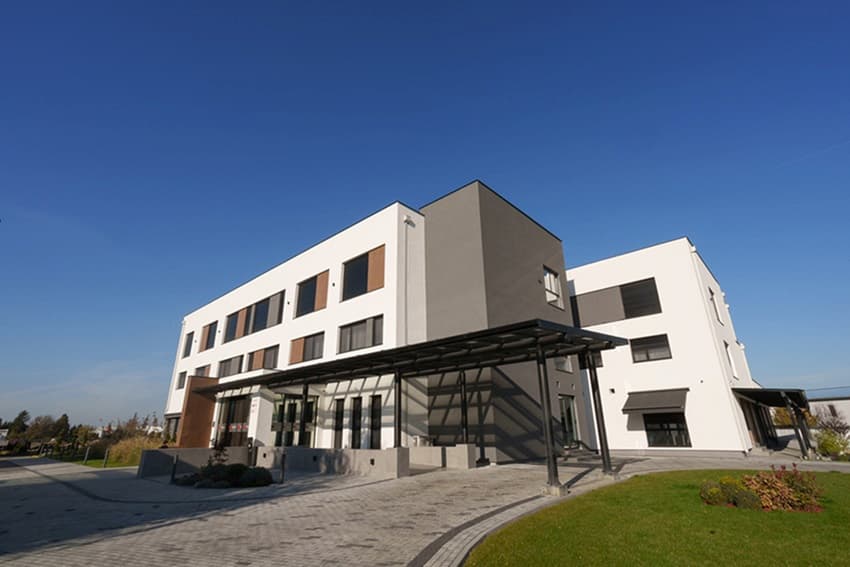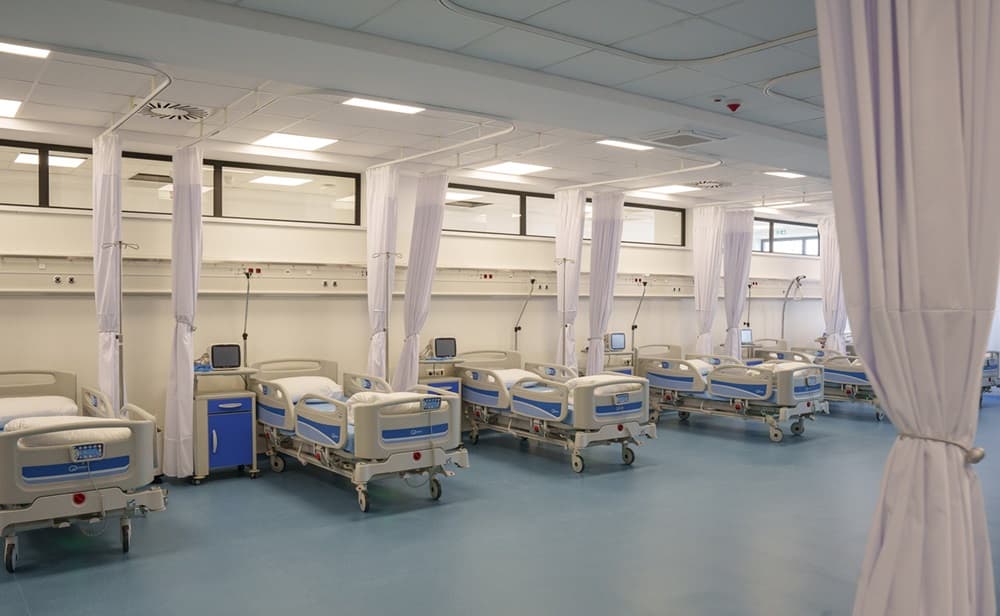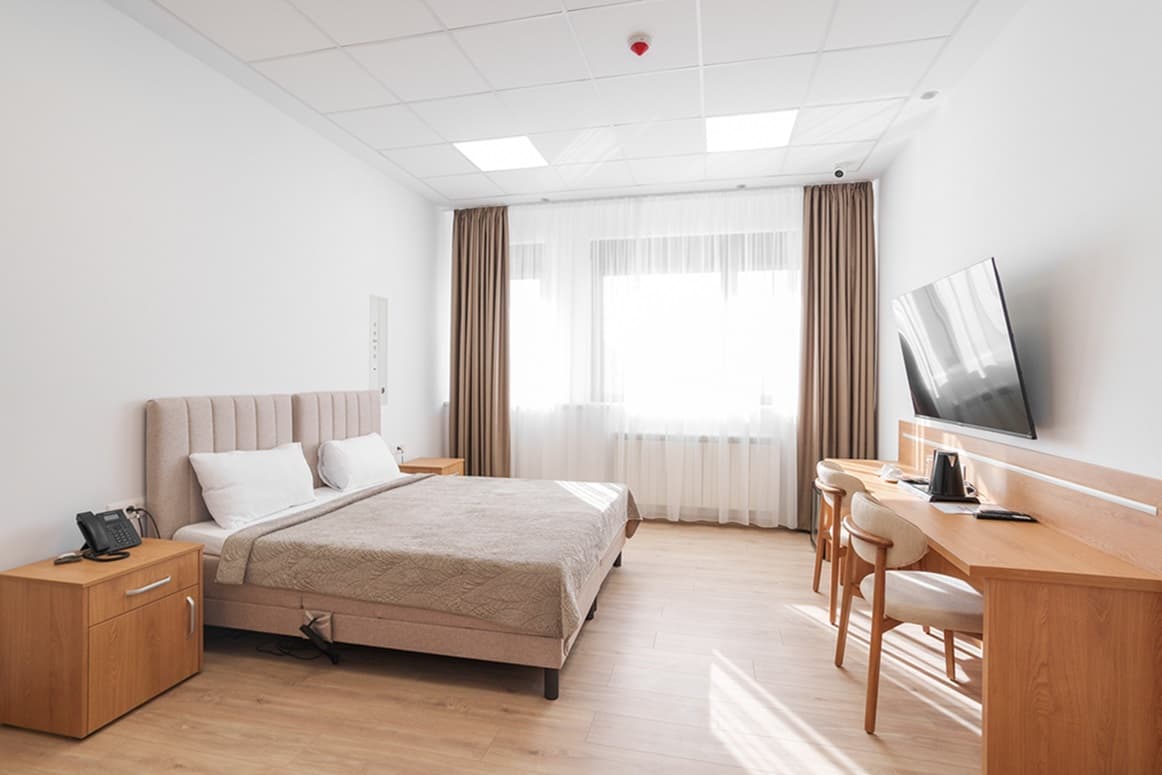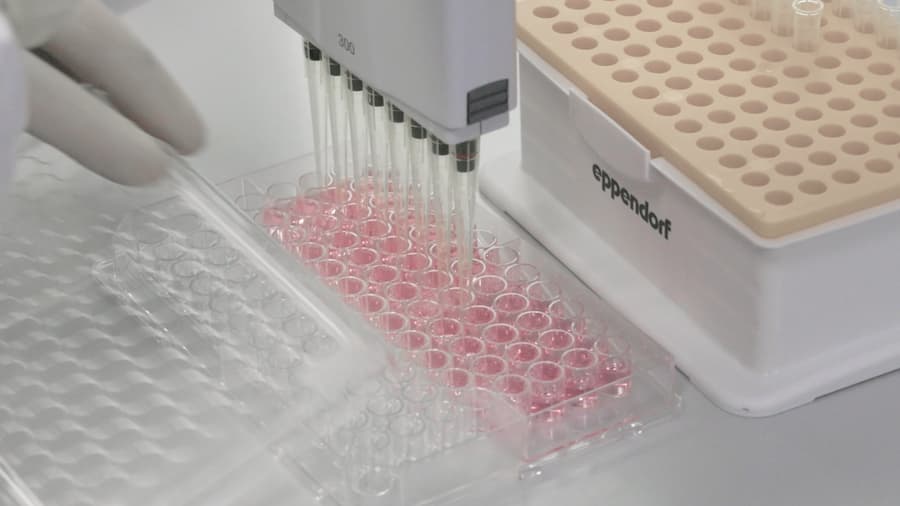Stem cell therapy, a groundbreaking approach that harnesses the body’s regenerative potential, has sparked global interest. Countries across Europe, America, and Asia now host clinics offering these innovative therapies for a variety of conditions. Yet, access remains limited for many patients due to high costs or strict regulations in their home countries—prompting them to seek treatment abroad.
Choosing the best country to get stem cell therapy involves balancing innovation, safety, and affordability. This guide explores top destinations, risks, and factors to ensure informed decisions.
What Is Stem Cell Tourism?
Stem cell tourism is the practice of traveling internationally to access treatments that are not currently available in one’s home country. As a form of medical tourism, stem cell tourism provides alternatives when conventional medicine offers limited options. Countries like Mexico, India, Thailand, and Serbia are common destinations.

Medical tourism for stem cell therapy is often surrounded by myths, with critics claiming it is merely a marketing ploy that risks causing harm or financial burden. As with many innovative medical advancements, skepticism persists. However, in recent years, growing research has demonstrated the safety and effectiveness of stem cell treatments when administered properly. Of course, success hinges on rigorous standards for stem cell quality, procedural precision, and the expertise of medical professionals.
Get a free online consultation
Considering stem cell therapy abroad? Discover what is included in Swiss Medica’s program, how it can help your condition, and what results you can expect. Book a free online consultation with our medical advisor.

Medical Advisor, Swiss Medica doctor
Why People Travel for Stem Cell Treatment
Patients often pursue stem cell treatments abroad for three main reasons: absence of accessible therapies in their countries, limited domestic approvals for stem cell therapy, or prohibitive costs.
| Lack of Accessible Therapies | Conditions such as spinal cord injuries, Parkinson’s disease, and autoimmune diseases remain difficult to treat conservatively. Patients want to reduce symptoms and improve their quality of life, so they are looking for new therapies. |
| Limited Domestic Approvals | Many countries enforce strict regulations, delaying or blocking access to cutting-edge stem cell therapies. Patients facing terminal or chronic conditions may turn to nations with more permissive policies. |
| Cost Barriers | Stem cell therapies may be pricier in the patient’s home country, owing to stringent regulations and high costs. Medical tourism for stem cell therapy and other traditional treatments is fairly common. |
Benefits and Risks of Going Abroad
Stem cell tourism has become a topic of both fascination and concern within the medical and scientific communities. Let’s examine the benefits and drawbacks more closely to separate fact from fiction.
Benefits of stem cell therapy abroad
- Possibility for improvement: Stem cell therapy programs tailored to each patient’s unique needs have the potential to improve symptoms for a wide range of conditions and injuries that were previously thought to have no or limited treatment options.
- Accessibility: Treatments may be available abroad long before they receive approval in a patient’s home country.
- Cost efficiency: Many destinations provide these therapies at a lower cost compared to regions with stricter regulations.
Key risks to consider
Before choosing the best country for stem cell treatment, it’s crucial to weigh the following risks that could impact your safety and outcomes:
- Lack of patients’ reviews: A scarcity of authentic patient reviews, particularly when contrasted with inflated success claims, may signal that the clinic prioritizes marketing efforts over delivering high-quality care.
- Non-compliance with EU regulations: Clinics that do not adhere to European medical standards may compromise the quality of stem cells used in their treatments. Compliance with these rigorous standards ensures higher-quality therapies and safer outcomes for patients.
- Ethical concerns: Certain clinics might use stem cells obtained through unethical practices, such as embryonic stem cells, which not only raise serious ethical questions but also carry risks of complications for patients.
These risks highlight the importance of thorough research and due diligence when selecting a reputable provider.
Which Country Has the Most Advanced Stem Cell Therapy?
Here, we will look at a few places where you can get qualified stem cell treatments.
Serbia: A Leading Destination for Stem Cell Therapy
Positioned as a rising hub in Europe, Serbia combines affordability, advanced medical infrastructure, and adherence to international standards, making it a compelling choice for stem cell treatment.
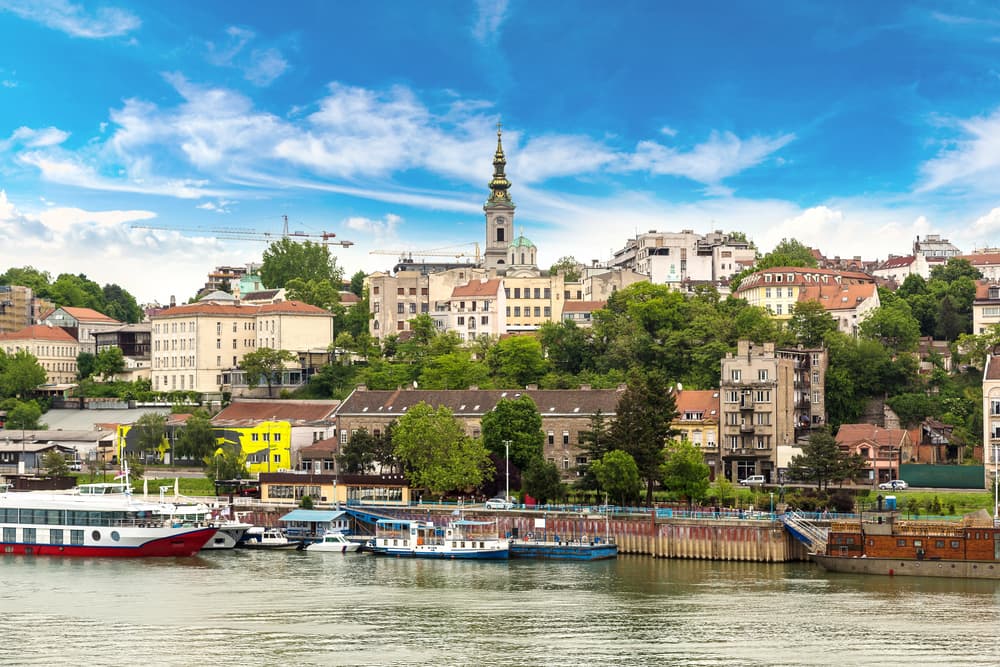
Swiss Medica is located here and provides high-quality stem cell therapy abroad. Here’s a breakdown of its strengths.
Advanced clinic with modern equipment
Our stem cell clinic and hospital combine state-of-the-art facilities with cutting-edge technologies to deliver precision-driven stem cell therapies. A key pillar of our success is our in-house laboratory, which serves as the foundation of our treatments. The lab produces over 31 biomedical products, including stem cells, exosomes, macrophages, and platelet-rich plasma. Our medical center complies with European medical standards and undergoes regular inspections.
This integrated approach allows us to maintain full control over every stage of treatment —from sourcing materials to administering therapies—ensuring unparalleled quality and consistency.
Swiss Medica’s hospital provides high-quality stem cell products as well as comfortable services and rooms.
Affordable treatment programs
We provide competitive stem cell treatment costs. Treatments at our new Belgrade hospital range from €7,000 to €31,000*, which is significantly lower than the European average (often varies around €50,000).
*The prices mentioned are indicative and subject to change based on individual factors, including the condition’s severity and the number of stem cells needed. Prices are valid as of January 2025
Swiss Medica’s affordable stem cell therapies attract global patients seeking cost-effective care for conditions like autism, ALS, multiple sclerosis, and more—with 10,000+ patients treated to date.
Expert medical team
We work with doctors who use approved stem cell therapies while continuously developing and advancing cell-based products and treatment protocols through scientific research. With over 13 years of experience, they blend innovation with expertise to deliver exceptional care.

Visa-free or easy travel from many countries
Serbia’s visa-free entry policy for a wide range of nationalities simplifies travel logistics for international patients, eliminating bureaucratic delays. This accessibility allows seamless planning and reduces the need for pre-trip authorization, making it easier for patients to prioritize their treatment journey.
Get a free online consultation
Considering Serbia for your treatment? Explore personalized options for your condition with a clinic that values safety, ethics, and patient outcomes. Set up a no-obligation consultation with our medical advisor.

Medical Advisor, Swiss Medica doctor
Why Serbia Is One of the Best Countries for Stem Cell Therapy?
By balancing cost accessibility, EU-aligned quality, and cutting-edge research, Serbia has become a trusted destination for patients seeking effective stem cell therapies.
Mexico
A top choice for Americans and Canadians due to its proximity and cost-effectiveness, Mexico specializes in orthopedic and anti-aging therapies. Cities like Cancún and Tijuana host clinics leveraging cutting-edge techniques, though patients should carefully vet providers for quality.
Columbia
Emerging as a cost-effective destination in Latin America, Colombia offers stem cell therapies focused on orthopedic, neurological, and autoimmune conditions. Clinics in cities like Bogotá and Medellín combine modern facilities with competitive pricing, attracting patients seeking affordable yet quality care under evolving regulatory frameworks.
Switzerland
Renowned for stringent regulations and research-driven care, Switzerland is a leader in cardiology and neurodegenerative disease treatments. While the costs are higher, the country’s reputation for precision and safety draws patients from all over the world. All of this makes it one of the best countries for stem cell treatment.
Swiss Medica’s headquarters are located in Goldach (St. Gallen, Switzerland), where we house research labs and provide training for our clinic’s specialists. Our main hospital, however, is located in Serbia. This allows us to offer more affordable treatment options to our patients, as operating expenses in Switzerland are considerably higher.
Germany
Combining strict regulatory standards with innovation, Germany excels in hematopoietic stem cell transplants and autoimmune disorder therapies. Its rigorous clinical frameworks ensure reliable, evidence-based care.
Thailand
A hub for affordable, high-quality care in Asia, Thailand is noted for dental pulp stem cell applications and post-treatment wellness retreats. Its blend of medical expertise and holistic recovery options draws international patients.
Panama
Panama provides accessible treatments under evolving regulations and frequently positions itself as one of the cheapest countries for stem cell treatment. Its growing reputation in stem cell applications makes it a contender in Latin America.
South Korea
South Korea uses advanced biotech infrastructure to treat conditions like diabetes and spinal injuries. Its focus on research and development (R&D) positions it as a leader in cutting-edge therapies.
What Makes a Country Ideal for Stem Cell Therapy?
Selecting the best country for stem cell treatment requires careful consideration. Each destination offers unique advantages, and understanding these factors can help you make a confident choice. So, we have compiled a list of four key factors to consider when selecting stem cell treatment abroad.
Regulatory Standards
Countries like Germany and Switzerland set global benchmarks for medical excellence, with stringent regulations ensuring clinics uphold ethical standards and rigorous safety protocols. Meanwhile, in Serbia, stem cell therapy offers a cost-effective alternative without compromising on quality, as it aligns with EU regulatory frameworks. This commitment to oversight reduces risks and strengthens patient confidence in the care provided.
Technology
Access to advanced technologies allows for precise stem cell therapies. Modern laboratories enhance treatment accuracy, making therapies more effective for conditions ranging from spinal injuries to cardiovascular diseases. At Swiss Medica, we rigorously screen stem cells for viruses, bacteria, genetic mutations, and viability, ensuring our therapies are both safe and effective.
Cost & Insurance
While destinations like Serbia and Thailand provide high-quality treatments at significantly lower costs (often 30–50% cheaper than in the U.S. or Western Europe), others, such as Switzerland, offer premium care with comprehensive aftercare services—though at higher prices. Your budget and desired level of care will guide this decision.
Language & Accessibility
Clear communication is essential when selecting the best country for stem cell treatment and your care experience. At Swiss Medica, we ensure this by providing translation services and a team fluent in English to bridge any language gaps.
Beyond communication, we prioritize your convenience. From the moment you arrive, our dedicated team handles every detail—whether arranging transfers from airports, railway stations, or hotels. You’ll never need to worry about logistics, as our staff assists you seamlessly throughout your journey, ensuring a stress-free experience from start to finish.
Popular Types of Stem Cell Treatments Abroad
Various countries specialize in specific stem cell therapies for chronic conditions. As an example, Serbia offers a wide range of advanced stem cell treatments, including:
| Orthopedic care | Regenerating cartilage, healing sports injuries, and repairing bone or tendon damage using mesenchymal stem cells. |
| Neurological support | Therapies for conditions such as multiple sclerosis and Parkinson’s disease that focus on neuron repair and improved motor function. |
| Autism improvements | Stem cells for autism may improve symptoms like hyperactivity, self-harm, and sleep issues. |
| Cosmetic rejuvenation | Anti-aging treatments using adipose-derived stem cells to restore skin vitality. |
| Cardiovascular health | Helping to repair heart tissue, increasing blood vessel growth, and improving cardiac function. |
| Autoimmune conditions | Modulating the immune system to slow disease progression and repair joint damage. |
| Diabetes management | Improving glucose control by promoting insulin-producing cell regeneration. |
Comparing Costs: Affordable Destinations for Stem Cell Tourism
Stem cell therapy costs vary widely based on several factors, including the type/source of stem cells, condition treated, location, and treatment complexity. Here’s a simplified breakdown:
| Destination | Typical Cost Range | Key Factors |
| Serbia | €7,000 to €31,000 | Affordable EU-standard care, cutting-edge technologies, no hidden fees. |
| Switzerland | €10,000–€50,000+ | Premium facilities, rigorous R&D, comprehensive aftercare. |
| USA | $5000–$50,000 | Type of stem cells, the medical condition to be treated, and the number of sessions or treatments required. |
Questions to Ask Before You Go
Before committing to treatment and choosing the best country for stem cell therapy, protect your health and investment by asking clinics these critical questions:
- Are there standard protocols for different conditions, or is each therapy tailored to the individual? It’s important to check whether the clinic focuses on personalized treatment programs. These programs should involve a comprehensive review of your health history conducted by a regenerative medicine specialist, rather than just a consultation with a manager.
- Are follow-up care and complications covered? Clarify post-treatment support and financial responsibility for unexpected issues to avoid surprises.
Choosing the Best Country for Stem Cell Treatment
When selecting a country for stem cell treatment, prioritize destinations that balance innovation, safety, and transparency. For cost-effective care, Serbia and Thailand offer high-quality therapies at lower prices, while Germany leads in cutting-edge research. Always consult a regenerative specialist to navigate options and ensure the chosen clinic aligns with your medical needs and ethical standards.
Frequently Asked Questions About Stem Cell Tourism
1. Is stem cell therapy safe abroad?
Safety depends on the clinic’s standards. Research facilities thoroughly, and read verified patient testimonials to minimize risks.
2. Can I use insurance for overseas treatments?
Insurance rarely covers international stem cell therapies. However, some medical tourism providers offer payment plans or financing options to ease costs.
3. Which country has the best stem cell therapy?
The answer depends on individual needs. There is no single “best” country; the quality of stem cell therapy is determined by the clinic’s services and products.
4. What is the safest country for stem cell treatment?
Safety is determined more by the clinic you choose than by the country itself. Check if the clinic has experienced staff, strong infrastructure, personalized plans, and ethically sourced stem cells. These factors ensure safer, more effective treatment and better results.
5. How long does it take to see results?
Results vary by condition. Orthopedic therapies may show improvement in weeks, while neurological treatments can take months to yield noticeable effects.
6. What country has the cheapest stem cell therapy?
Serbia and Thailand provide affordable, high-quality care, often at 30–50% lower costs than Western Europe or the U.S.
Contact us
Explore the potential outcomes, cost, and length of your stem cell therapy treatment with a complimentary online consultation.

Medical Advisor, Swiss Medica doctor
List of References
Samantha Lyons, Shival Salgaonkar, Gerard T Flaherty, International stem cell tourism: a critical literature review and evidence-based recommendations, International Health, Volume 14, Issue 2, March 2022, Pages 132–141, https://doi.org/10.1093/inthealth/ihab050
Zakrzewski, W., Dobrzyński, M., Szymonowicz, M. et al. Stem cells: past, present, and future. Stem Cell Res Ther 10, 68 (2019). https://doi.org/10.1186/s13287-019-1165-5
Wang, Y., Yi, H. & Song, Y. The safety of MSC therapy over the past 15 years: a meta-analysis. Stem Cell Res Ther 12, 545 (2021). https://doi.org/10.1186/s13287-021-02609-x
MD, Pediatrician, Regenerative Medicine Specialist
